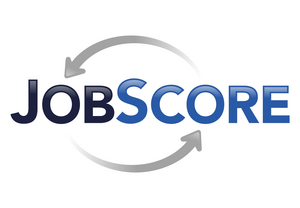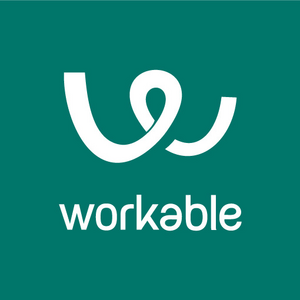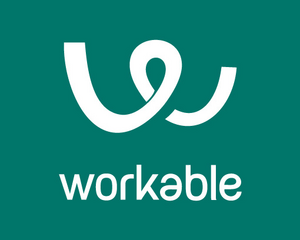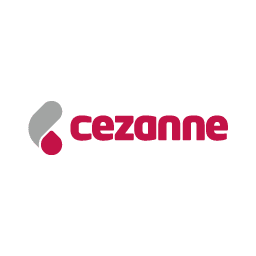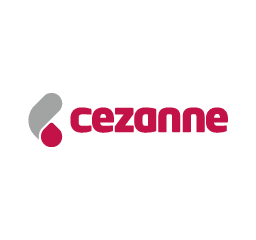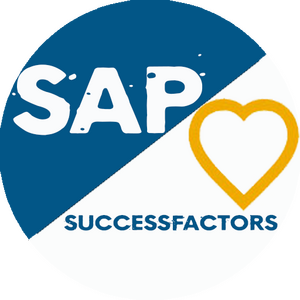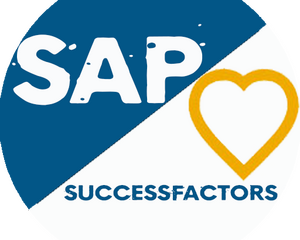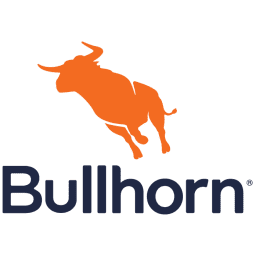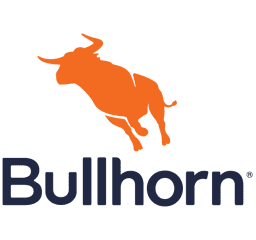Transformation.tech offers an enterprise buyers’ guide for researching and licensing Applicant Tracking Systems.
Today, human resources (HR) professionals have access to more talent resources than ever – traditional job boards, crowdsourcing sites, job fairs, social media, and referrals. However, all these sources can make searching for top talent more difficult. Recruiters can spend countless hours digging through applicant profiles to find the right job candidate, only to come up short. It can turn into a logistical nightmare.
Applicant tracking (AT) systems solve this dilemma. The right software can narrow a talent search and simplify the process from initial contact to making the next hire. In addition, the best AT solutions save HR managers time and effort by providing a centralized hub that tracks potential and current employees throughout their working relationship with the company.
Why Use Applicant Tracking Systems?
Companies serious about business growth spare no expense to find and secure the best talent to fill critical roles within the organization. However, exhausting all the resources to hire the right candidate does not have to be an exhausting experience. Applicant tracking systems put businesses at the center of the HR arena by narrowing the search to the most qualified applicants and simplifying the hiring process.
More Applicants
Some applicant tracking systems bring the crowdsourcing experience directly to the HR desk by finding and delivering more applicants that match the job description. As a result, HR managers have more candidates to choose from, allowing them to fine-tune their talent search. In addition, candidates are sourced from multiple locations and backgrounds, providing more options based on the searcher’s criteria.
Easier Resume Viewing
Tracking systems make resumes and applications more readable, highlighting relevant applicant information. It also provides reporting and analytics to highlight valuable insights the manager may otherwise have missed.
Applicant Filters
ATS software can filter all applicants to find the most relevant based on matches between the job description and resume information using keywords and semantic search tools. This valuable tool saves hundreds of hours of digging through the wrong applications to find the right one. HR staff may go from looking at 100 resumes to viewing only ten applicants with the highest potential to get the job.
Easy Collaboration
Hiring employees is a team effort between HR, company departments, and executives. Applicant tracking systems create a centralized platform where all stakeholders can view candidate profiles, set up interviews, communicate, and provide input in the hiring process. In addition, cloud-based services allow users to store and share resumes and other files.
Convenient Integration
ATS software creates a digital base for relevant parties to work from. HR staff can use it to integrate with other platforms such as email, social media, job boards, SMS, and the company website. The software’s API makes it possible to interact with other software programs. Applying for jobs and hiring staff is much easier when all systems work together.
How Do Applicant Tracking Systems Work?
An applicant tracking system helps HR managers and other decision-makers identify potential candidates for open job positions. The software collects and organizes applicants based on specified criteria such as education, work experience, skills, location, and other qualifications.
The system is essentially an electronic gatekeeper for hiring managers. ATSs scan an application or resume for specific keywords to determine if the applicant fits into a category or passes through a filter. Once the recruiter views the resume, it has passed through the software’s customized filtering system and made it to the next ‘round’ for consideration.
Core Functionality
An applicant tracking system’s primary function is to help recruiters find talent that best matches a job description and brings value to an organization. An added feature of the software is that it reduces the amount of time, energy, and resources a person or company must invest in securing the ideal job candidate. It’s on this basis that companies need to establish a list of criteria that may include the following items:
- The company’s unique requirements and industry
- Integration and compatibility with current software or systems
- Recruiting tools for various platforms (job boards, websites, social media, etc.)
- Time-saving tasks and workflow automation
- Advanced candidate search and filtering tools
- User-friendly dashboard and features
- Responsive customer support and help desk
- Cloud-based platform for storage and collaboration
- Messaging tools (email, instant messaging, chat, video chat)
Top Applicant Tracking System Features
When narrowing down a search for the right applicant tracking system, companies must identify critical challenges in their current recruitment strategy. HR managers can look for software features that address those challenges and improve the recruitment process. After doing a little research, managers can also list must-have features they need to improve job performance. Some of the most popular ATS features include
- Advanced search
- Advanced sourcing
- Automated parsing
- Software integration (API)
- Customizable workflow
- Online, desktop, and mobile access
- Cloud-based platform
- Data tracking, reporting, and analytics
- Career page hosting
- Job distribution
- Notifications and alert preferences
- Resume storage
- Interview scheduler
- Duplicate resume detection
- Onboarding tools
- Social posting
- Candidate auto-response
- Help desk
- Live customer support
- Automated email
- Instant messaging
- Candidate E-signatures
- Interview templates
- Feedback surveys
- EEOC and OFCCP compliant
- Referral tracking
- Job widgets
How to Compare Applicant Tracking System Products
Today, more small businesses to larger corporations use applicant tracking systems to find and secure talent. Over 90 percent of Fortune 500 companies utilize ATS software, while 66 percent of mid-size companies and 35 percent of small business owners rely on tracking systems to recruit employees. So how do these companies find the right software? Where do they start their search? How do they compare products?
Smooth Workflow
Since hiring job applicants often includes multiple personnel from different departments, aligning everyone can become chaotic quickly. An ATS should help users create a smooth workflow that keeps everyone moving from one stage of recruitment to the next without disruption. If anything, the software should not hinder the process in any way.
Customization
Ideally, companies want to use an applicant tracking system that naturally aligns with workflows, integrations, and processes and caters to the company’s industry. However, when that doesn’t happen, the software must be fully customizable. Users must be able to personalize communications, search tools, dashboards, and other vital functions so that the software adapts to the company – not the other way around.
Compliance Tracking
Compliance tracking goes a step further than just providing a platform for equal employment. Top software vendors offer features that notify users when they violate EEOC and OFCCP regulations and standards. The tools are instrumental in helping companies pass regulatory audits and prevent discrimination lawsuits.
Applicant Experience
Applicant tracking systems should provide recruiters with a positive user experience, but what about job applicants? Often, candidates do not know they are accessing a tracking system when submitting a resume, participating in an interview, or filling out an application. However, they know whether the application process is hassle-free and easy to navigate.
Integration Capabilities
Adopting an applicant tracking system into the workflow is integrating current software into the new software. A reputable product will offer open-source API capabilities that integrate with software such as payroll services, assessment platforms, background checkers, or video-interviewing tools. As a result, users should feel like they’re working from a single framework that includes all the necessary tools for the job.
Best Applicant Tracking Systems for Recruiters
Below is a list of some of the top software products and vendors based on functionality, features, scalability, data analysis, and reliability.



